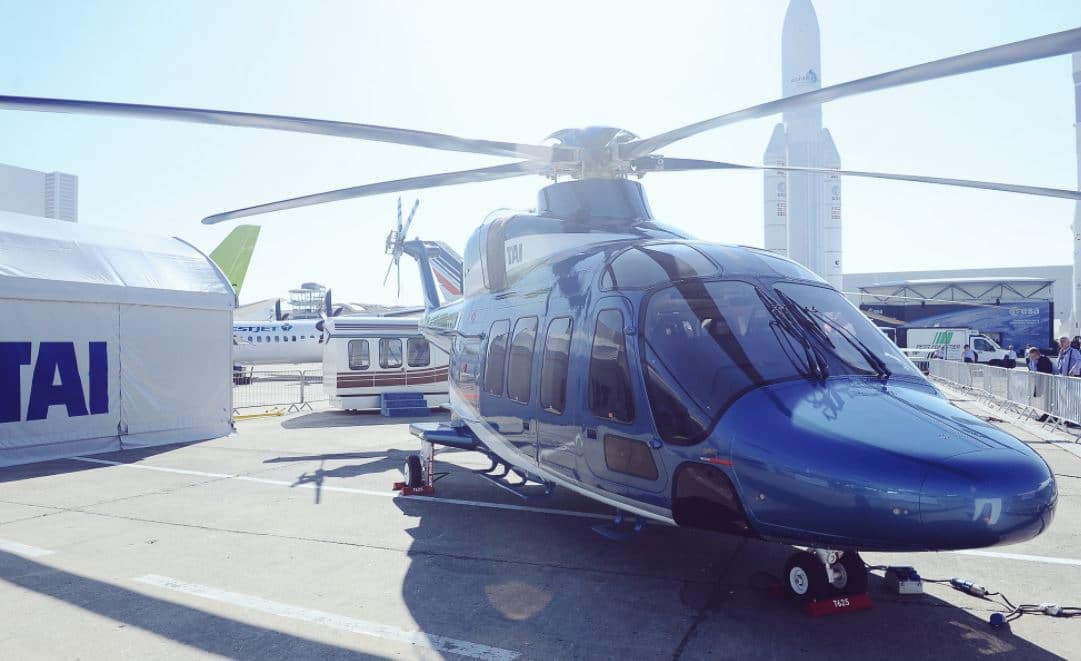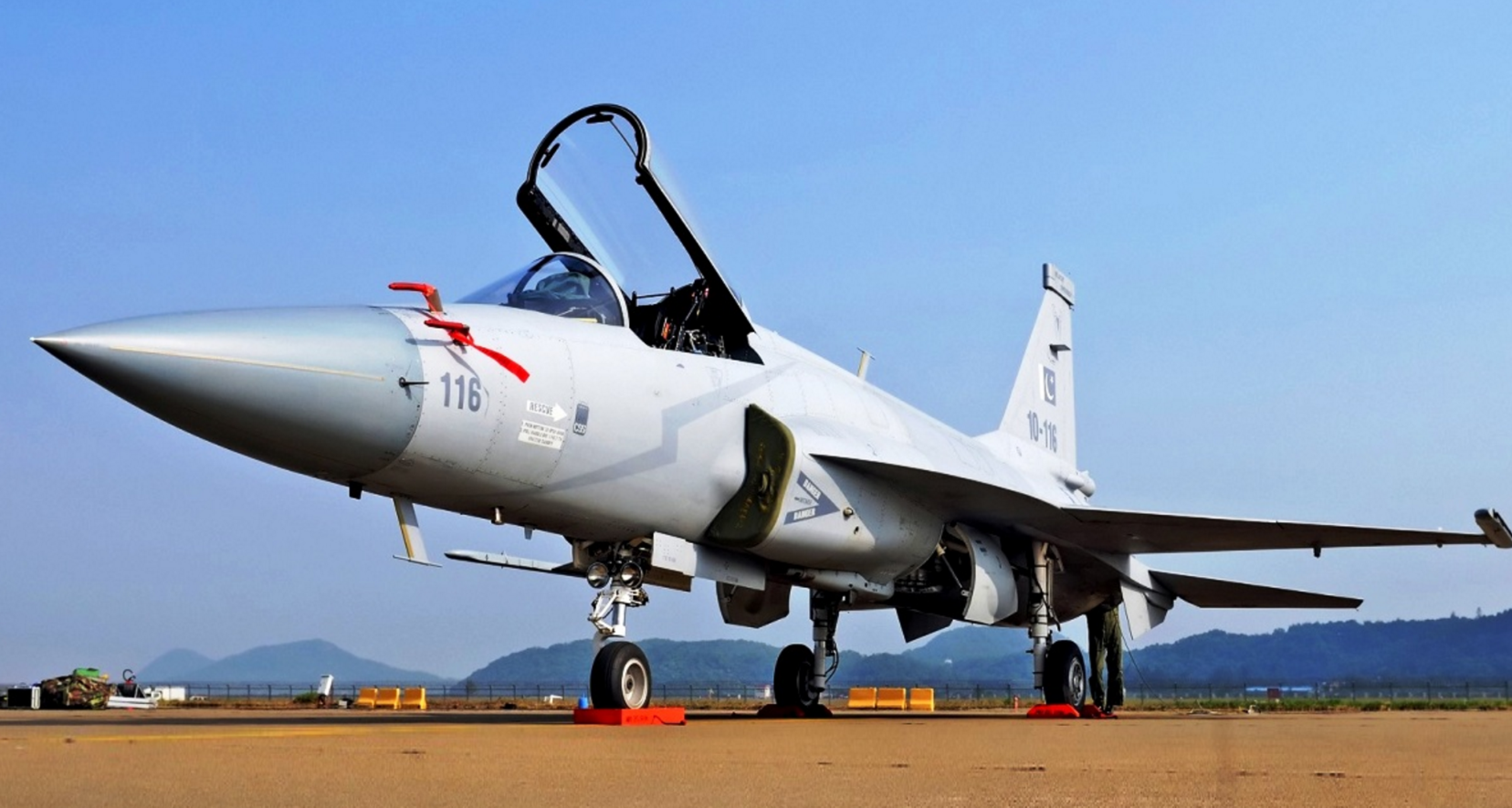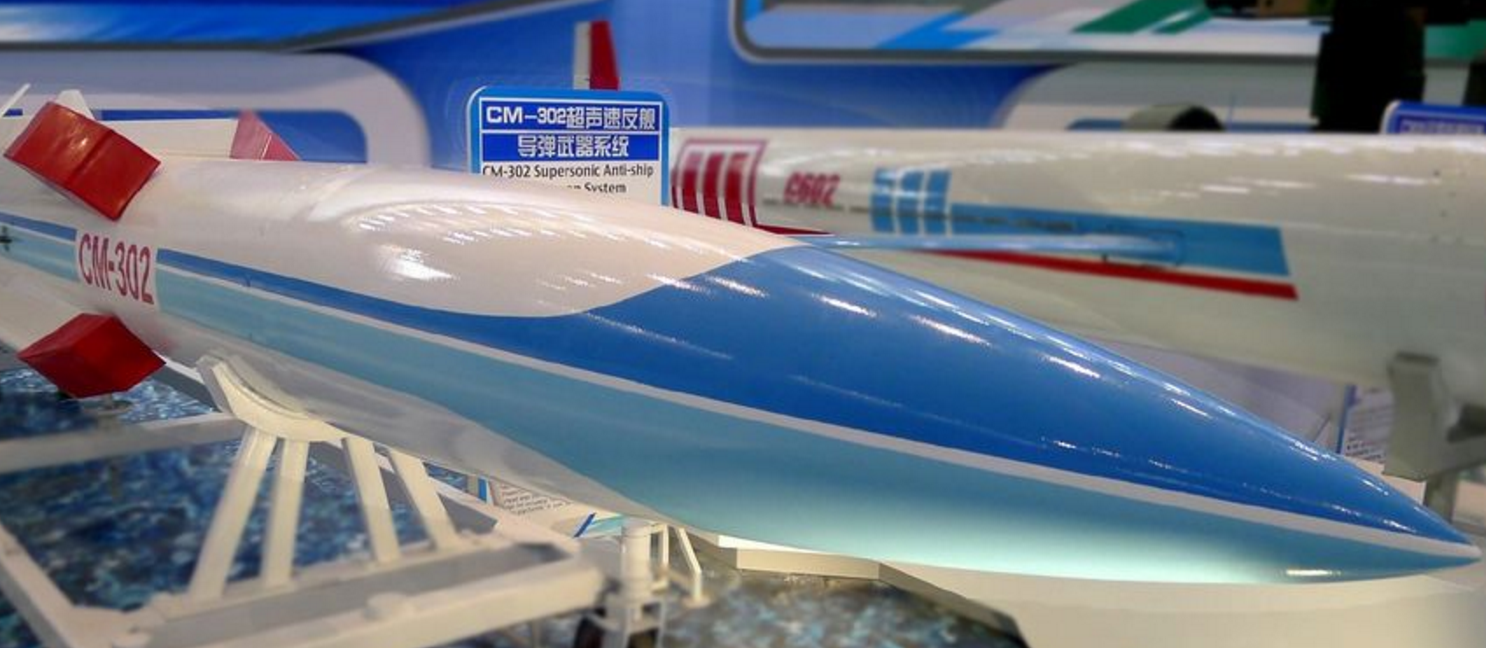2196Views 0Comments

Turkey Gives the T625 Helicopter the Name ‘Gökbey’
On 12 December 2018, the Government of Turkey designated Turkish Aerospace’s T625six-ton utility helicopter as the ‘Gökbey’.
The T625 Gökbey had its maiden test flight in September 2018. The Gökbey prototype is powered by the CTS800 turboshaft engine, which was developed by the Light Helicopter Engine Company (LHTEC), a joint-venture between Honeywell and Rolls-Royce in the US and UK, respectively.
However, the production version of the Gökbey, which will materialize in 2021, will rely on TUSAŞ Engine Industries’ (TEI) TS1400. The TEI TS1400 is Turkey’s national turboshaft engine,the development of which began in February 2017. The TS1400 will have an output of 1,400 shp.
Turkish Aerospace is marketing the Gökbey as a general-purpose helicopter capable of carrying 12 seated persons (plus two crew). The Gökbey can be used for government, defence, and commercial purposes. It was designed to exhibit “exceptional performance” in hot-and-high conditions.
Notes & Comments:
The T625 is a major progressive step towards Turkey’s long-term helicopter development objectives.
First, it will provide Turkish Aerospace with a turnkey, domestically-built solution to market in commercial and defence markets alike, enabling it to compete with Leonardo, Airbus Helicopters,etc. The concerns it currently faces with regards to ITAR, which see the third-party sale of US technologies subject to approval by the US government, should be behind the company once the Gökbey enters production.
Second, the T625 Gökbey will validate Turkey’s domestic engine, dynamic parts (rotors, transmission, etc), onboard electronics, and aerostructure development work. Turkish Aerospace intends to extend the same core subsystems (especially engine and dynamic parts) to its next-generation attack helicopter, the ATAK-2 and – albeit with a more powerful variant of the TS1400 – its 10-tongeneral purpose helicopter.
One interesting aspect to this would be to see if Turkish Aerospace succeeds in adding foreign partners to its next-generation programs. Doing so could enable it to build economies-of-scale while also broadening the reach of its products to new markets, especially in high-potential ones, such as Southeast Asia.


